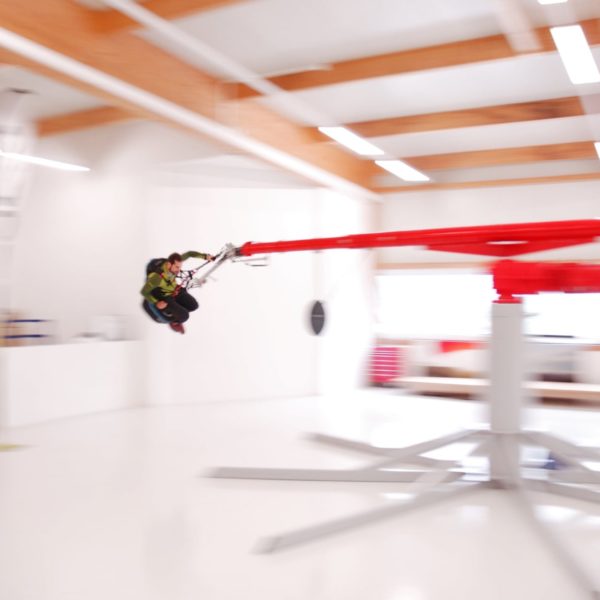

What are the general qualifications to fly, including height?īecoming an Air Force Pilot requires you to meet strict physical, medical, vision and academic requirements.Learn more about pilot training and lifestyle. The commitment for an Air Force Pilot is 10 years of active-duty service after completion of pilot training. Your location preferences are considered. Nearing completion of your Advanced Flight Training, you will be given a squadron and location assignment.Upon completion of UPT and your seat assignment, you continue flight training for the specific aircraft you were assigned (six months to one year).Seat assignment is determined by class ranking, training performance reports, instructor recommendations, your aircraft preferences and our needs. Nearing completion of UPT, you will be assigned an aircraft, which is called getting your seat assignment.Enter Undergraduate Pilot Training (UPT) and begin flight training (~1 year).


“To be a part of that is something that not everyone can say.” “We help them to train the best pilots in the world,” Robertson said. When all of the flying has stopped, they’re still out there fixing jets and checking things to make sure the pilots are safe to go the next morning.”īobby Robertson, M1 Support Services T-38 Talon mechanic, said it is an honor for him to be a civilian while working as a maintainer for the Air Force. “These mechanics are here every day behind the scenes. “The jets have to be healthy and you need experience,” she said. M1 Support Services is a company that provides the bulk of aviation support services, logistics, and engineering services to name a few, all vital to the Columbus AFB mission.īeard is one of six coordinators that conduct the work schedule for the mechanics at Columbus AFB. Our job is to track maintenance exactly the way the Air Force wants it to be done and that we’re keeping those jets going and getting the work done.” “It’s sort of like changing the oil in your car, if you miss things it’s gonna catch up with you. “You cannot fly aircraft if you’re not keeping up with the maintenance,” Beard said. Melony Beard, M1 Support Services plans, scheduling and documentation lead, said why she thinks civilian maintainers are significant, not only for Team Blaze, but the Air Force as a whole. The majority of maintainers at Columbus AFB are civilian, working for M1 Support Services. Maintainers at Columbus AFB kept maintenance on 225 aircraft to make the sorties possible. In fiscal year 2019 alone, the 14th Flying Training Wing at Columbus Air Force Base, Mississippi, flew 56,383 sorties in the T-6A Texan II, T-1A Jayhawk and T-38 Talon combined. Whether the mission involves providing close air support, moving personnel, pilot training or overall, dominating the skies, there are always maintainers in the background there to support. Maintainers, military and civilian, are essential to the Air Force’s nonstop mission.


 0 kommentar(er)
0 kommentar(er)
